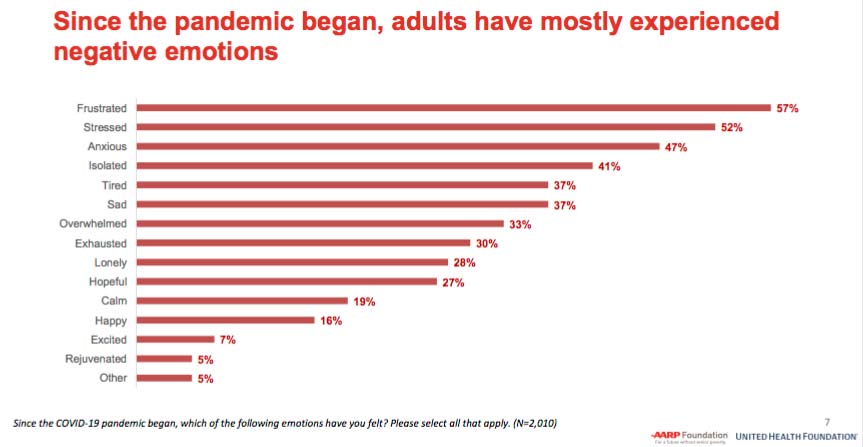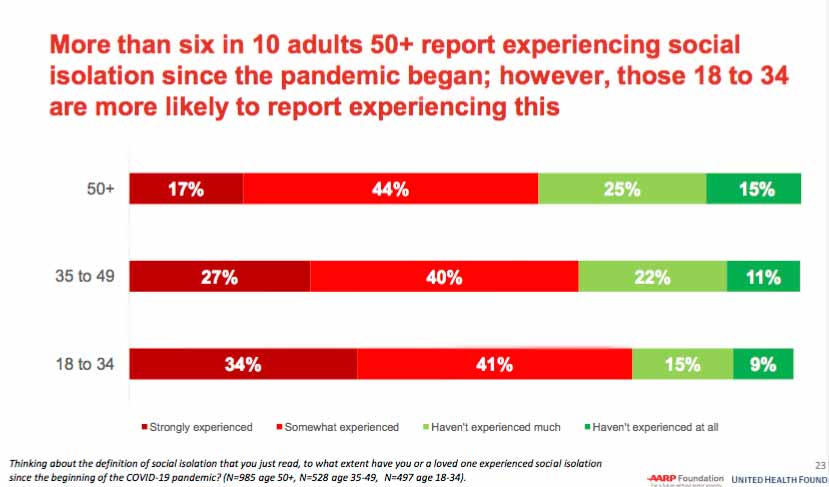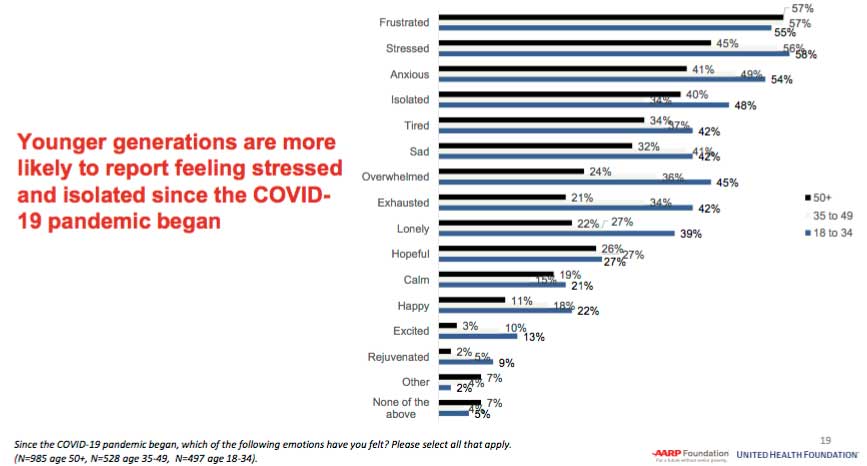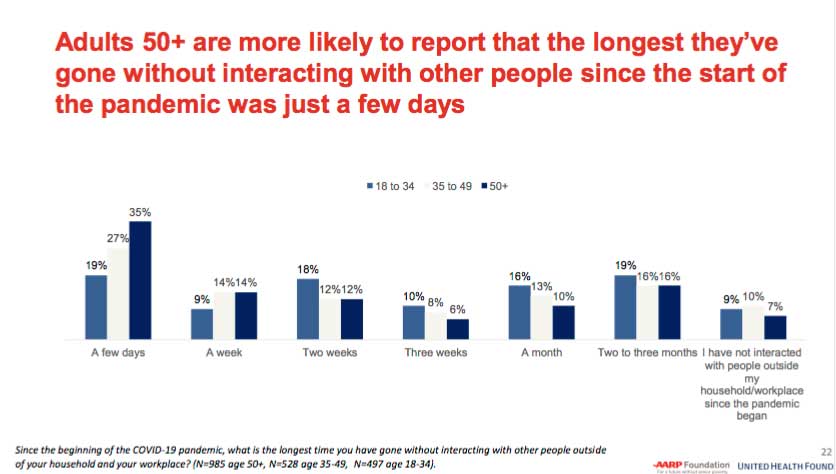Depending on where you live, COVID-19 rules could be putting a damper on holiday festivities this year. California, for example, recently released a long list of killjoy rules for the holidays, which includes:1
|
Limiting get-togethers to a maximum of three households, including hosts and guests |
|
Dinner must be served outdoors |
|
Limiting the gathering to two hours or less |
|
Attendees may go inside for bathroom breaks but only if the restrooms are frequently sanitized |
|
Face coverings must be worn at all times and can only be removed, briefly, to eat or drink, or in the case of emergency medical needs such as using an inhaler or taking medication, or if feeling light-headed |
|
Non-household members must be spaced at least 6 feet apart in all directions |
|
Singing, chanting, shouting, physical exertion and the use of wind instruments are “strongly discouraged” |
|
Food and drink should be served in disposable containers and self-serve communal containers or shared utensils are not permitted |
|
Handwashing or hand sanitizing facility must be available and all attendees should use them frequently |
At What Price Safety?
Should government be permitted to micromanage how and with whom you spend your holidays? As noted by A.J. Kay in a recent Medium article,2 “If safety requires us to indefinitely forfeit the most valuable parts of our lives, what exactly are we trying to save?”
That’s a question well worth asking. Just how great a price are you willing to pay for the illusion of safety? SARS-CoV-2 has a survival rate of 99.99% for those under the age of 40.3 Even people over the age of 60 who aren’t residents of nursing homes have a survival rate of 98.29%.4
Data5,6 also show the overall all-cause mortality has remained steady during 2020 and doesn’t veer from the norm — in other words, COVID-19 has not killed off more of the population than would have died in any given year anyway — yet residents in many areas are now told, in great detail, how they can and cannot celebrate their holidays. Is it worth it?
“This will be the final Thanksgiving for 2.8 million (the annual all-cause death toll) of our fellow Americans. It could be my last — or yours. That likelihood is significantly higher for our elderly loved ones, too many of whom will not have seen or hugged their family in nine months,” Kay writes.7
“The hard truth is that we do not know who will be around for Thanksgiving next November. What we do have is right now — this moment — today. We aren’t promised one second more …
We’ve already forgone countless once-in-a-lifetime events to mitigate a newly-minted definition of risk which takes only one variable into account. And have neglected to acknowledge that many of our seniors — the most vulnerable among us — don’t even want that kind of ‘safety’ because it costs precious moments with their families …
There’s only one ‘unsafe’ version of Thanksgiving for me and that’s failing to be present with my family, allowing weaponized shame and performative restrictions to keep us apart. God forbid one of us isn’t sitting at that table next year, I can’t imagine grappling with that regret. And if one (or all) of us get COVID, so be it.”
Isolation — A Fate Worse Than Death?
As reported by the Daily News,8 October 19, 2020, forced isolation due to COVID-19 concerns are hurting seniors who struggle with loneliness and depression at ever greater numbers.
The article features the story of Lezrette Hutchinson, a 64-year-old retiree in the West Bronx who in recent days is starting to find herself “heading to bed as early as 5 p.m., exhausted from a host of mounting frustrations,” such as “technological hurdles that came with virtual doctor visits” and “navigating the Social Security website.”
She’s also frustrated from “being alone in a one-bedroom apartment for the better part of seven months.” She’s grown sick and tired of talking to friends on the phone and feels demotivated to do much of anything, which is a hallmark sign of depression.
According to a report9,10 by the AARP and United Health Foundation, social distancing measures have led to an epidemic of loneliness, and this too has significant health and emotional risks. As noted in this report:11
“Defined as having few social relationships or infrequent social contact with others — social isolation is a public health crisis. Studies have found that social isolation can be worse for one's health than obesity, and the health risks of prolonged isolation are equivalent to smoking 15 cigarettes a day.12
For adults who have experienced social isolation during the current pandemic, half (50%) report this social isolation has caused them to lack motivation, slightly more than 4 in 10 (41%) say it has made them feel more anxious than usual and slightly more than a third (37%) report it has made them feel depressed.
Yet, only 11% of adults turned to a medical professional when feeling down or sad, and almost a third of adults 50+ reported that they did not look to anyone for support during the pandemic.
Among the 50+, almost a third of women (29%) report going as long as one to three months not interacting with others outside their home or workplace during the pandemic and are more likely to experience negative emotions than their male counterparts.
Since the COVID-19 pandemic began, women 50+ are more than twice as likely to report feeling overwhelmed (32% vs. 15% of men 50+), and more women than men 50+ report feeling anxious (46% vs. 36% of men 50+) and stressed (50% vs. 40% of men 50+).
Along with women 50+, the impact to low-income older adults (defined as those who have a household income less than $40K and are 50+) has also been greater compared to older adults with high incomes (defined as those who have a household income $75K+ and are 50+).
Four in 10 low-income adults 50+ report facing challenges accessing various resources during COVID-19, including a fifth who had challenges accessing food and a similar number who had challenges accessing healthcare services.”

No Life Without Human Connection
I wouldn’t be surprised if many people, regardless of their age, would choose companionship over safety from a virus. For argument’s sake, ponder this question.
Which would you choose: Live all alone on an island for the rest of your life, knowing there’s no one around to infect you with COVID-19, or live surrounded by friends and family, knowing you’re taking your chances every time you get near each other?
I know what I choose. As noted in the AARP’s report, “it’s connections, companionship, and a sense of belonging that we need as humans.” Social connection is even more impactful at earlier ages, with poor social connections being strongly associated with poor health and depression among youth.13
So, before you cancel holiday plans with aging parents and grandparents this season, make sure that’s what they really want. Remember, this may be their last Thanksgiving, or their last Christmas. How do you want to spend that time and what memories do you want to make?
Handing out edicts, demanding we eliminate all the things that make life worth living in order to prevent the spread of a survivable virus that most people don’t even know they have unless they get tested is unconscionable and inhuman. But so is following these kinds of unconstitutional government edicts.
I have to say I’m surprised at the sheer number of people willing to surrender their constitutional rights and liberties in return for absolutely nothing. None of the measures — 6-foot social distancing, mask wearing, self-isolation and select business shut-downs — actually guarantee anyone’s safety. All we need is one infected person left in the world, and safety for all remains out of reach.
The Loneliness Epidemic Deepens
Even before the COVID-19 pandemic, loneliness had reached epidemic levels. In 2018, 54% of American adults (age 18 and older) reported feeling lonely. By January 2020, it was 61%,14 and now, nine months into the pandemic, we’ve reached 66%.15
And loneliness isn’t relegated to the elderly. According to the AARP report, people between the ages of 18 and 34 actually report the highest rates of isolation.16 In the 18 to 34 age group, 75% report feeling socially isolated, compared to 61% of those over 50.


Among those aged 18 to 34, 19% say they’ve gone as long as two to three months without interacting with another person, compared to 16% among those over the age of 35. Ten percent of 35- to 49-year-olds, 9% of 18- to 34-year-olds and 7% of those over 50 say they’ve not interacted with anyone outside their household or workplace since the pandemic began!

The impact of loneliness and social isolation is significant, and will undoubtedly be found to be far greater than the death toll of COVID-19 by the time everything is tabulated.
According to a 2019 study17 by the American Cancer Society that looked at data from 580,182 Americans, social isolation increases mortality from every cause. In other words, social isolation is deadly. Commenting on her team’s findings, public health researcher Kassandra Alcaraz told the American Psychological Association:18
"Our research really shows that the magnitude of risk presented by social isolation is very similar in magnitude to that of obesity, smoking, lack of access to care and physical inactivity.”
Well-Known Effects of Solitary Confinement
While it’s been referred to as “self-isolation” and sold as “staying safe at home,” the lockdowns can rightfully be likened to house arrest, especially in areas where people have only been allowed outdoors for an hour or two a day.
That this kind of self-isolation can be harmful to mental health should come as no surprise, considering psychologists have long known the effects solitary confinement has on prisoners. Even among prisoners, solitary confinement is the worst and most extreme punishment there is. As reported by Endgadget:19
“Take Robert King for example, who spent 29 years in solitary confinement. King spoke at a 2018 neuroscience conference about his experience and how it impacted his cognitive function. He described that, upon his release from prison, he had severe difficulty recognizing faces and had to retrain himself to understand what faces even were and how they worked.
He also had difficulty navigating even simple routes through a city without assistance. Turns out that when your universe is a 6-foot by 9-foot room for nearly three decades, there's not much need to keep your navigation skills sharp — or even much impetus to keep a firm grasp of reality.
‘For some prisoners … solitary confinement precipitates a descent into madness,’ Dr. Craig Haney, professor of psychology at University of California, Santa Cruz, told the Senate Judiciary Subcommittee on the Constitution, Civil Rights and Human Rights in 2012.
Prisoners may experience crushing bouts of anxiety, paranoia, hallucinations, and panic attacks. ‘The conditions of confinement are far too severe to serve any kind of penological purpose,’ he concluded.
The reason this happens is because prolonged social isolation physically changes the shape and function of your brain. The hippocampus, the region responsible for learning and memory not only shrinks in size in response to long-term isolation, it loses its plasticity and may eventually shut down altogether.
At the same time the amygdala, which regulates your fear and anxiety response, goes into overdrive. And the longer the confinement lasts, the more pronounced these changes become — even after the inmate's eventual release."
Don’t Let a Virus Steal Your Life
Risk is an inevitable part of life, and for all of human history, mankind has accepted this. Now all of a sudden, we’re told we have to give up life in order to prevent the spread of a virus that poses no risk to the vast majority of people.
Is it worth it? Just how much are you willing to give up for this false sense of security? Are you willing to give up your family? Your friends? For how long? Are you willing to live in solitary confinement for the rest of your days? Because, believe me, the threat of infectious disease will never cease.
I believe the real threat right now is what we’re doing to sabotage the mental, emotional and physical health of people, especially our children, whose development is dependent on social interactions, physical contact and facial expressions. Between mask wearing and social distancing, I fear the impact on children in particular may be long-term, if not permanent.
But it’s clearly taking a cruel toll on the elderly as well, who are nearing the end of their lives anyway. If you knew your days were numbered, how would you want to spend them? Would your main concern be to prevent an infection that might speed up the inevitable, or would you want to spend whatever time you have left surrounded by those you love?
These are significant questions that will guide your choices and thus the course of your life, and they’re more pressing now than ever. So, choose wisely this holiday season, because whatever you choose, you’ll have to live with your choices.
from Articles https://ift.tt/3kq7V6O
via IFTTT








0 comments:
Post a Comment